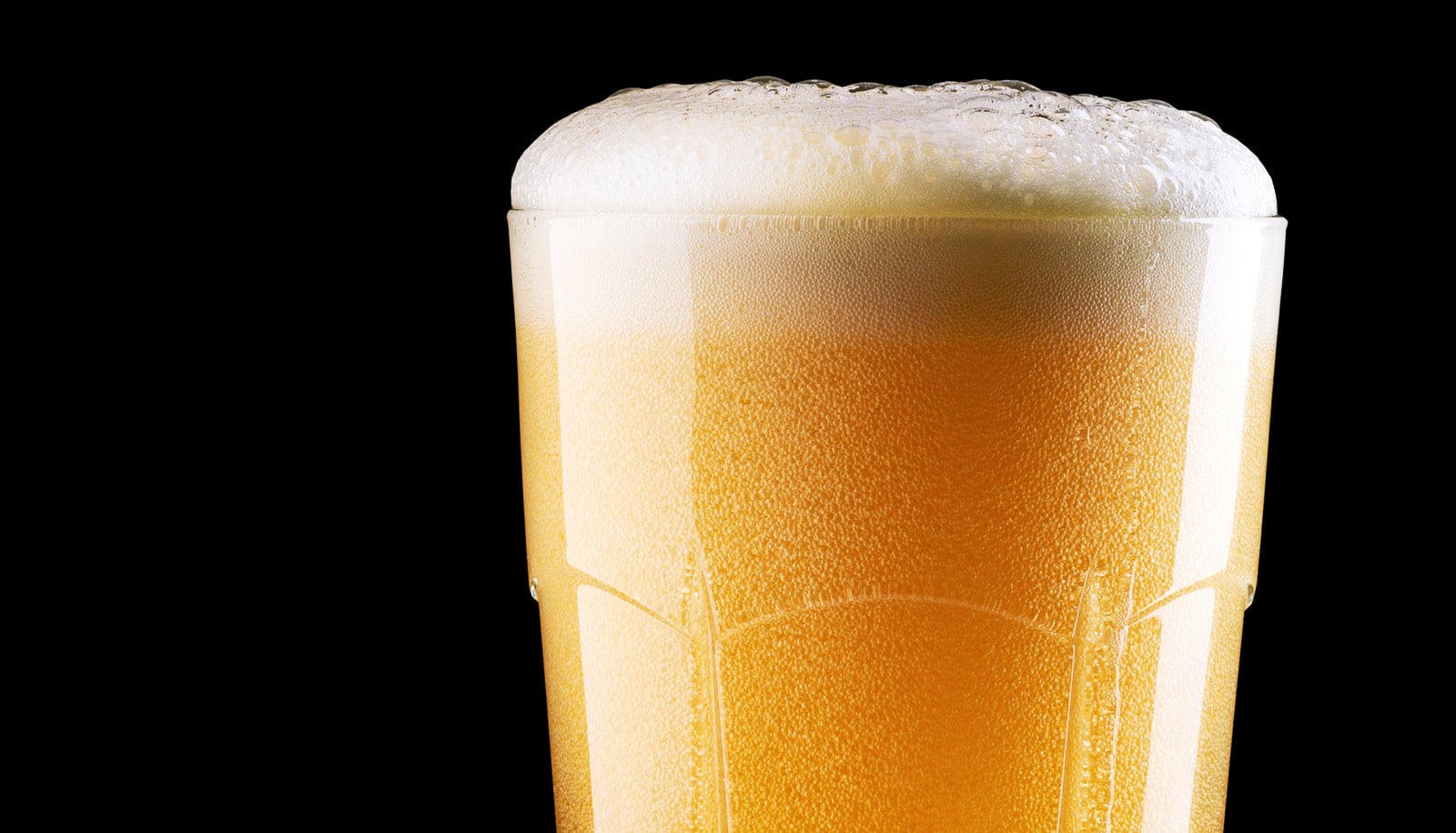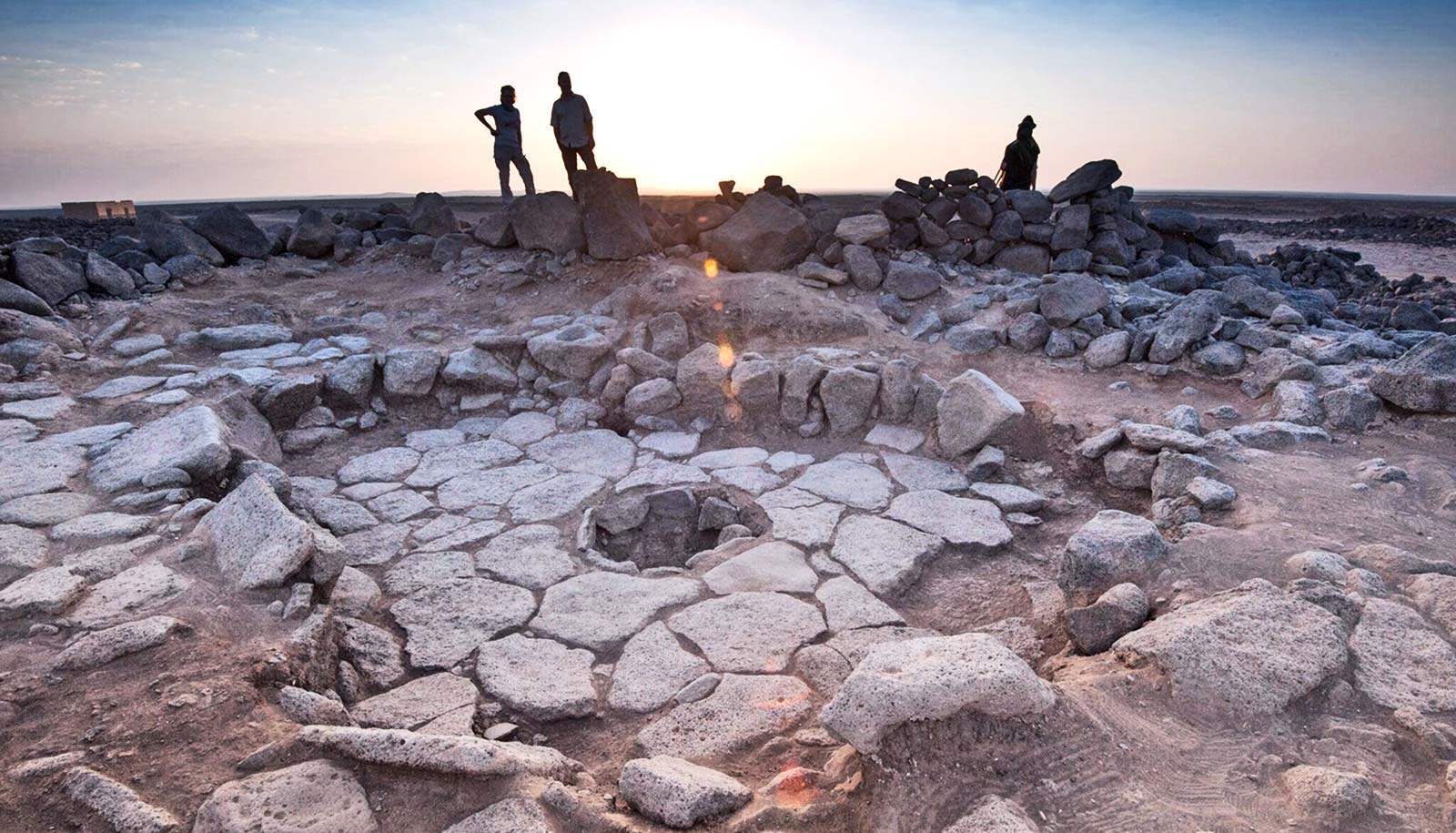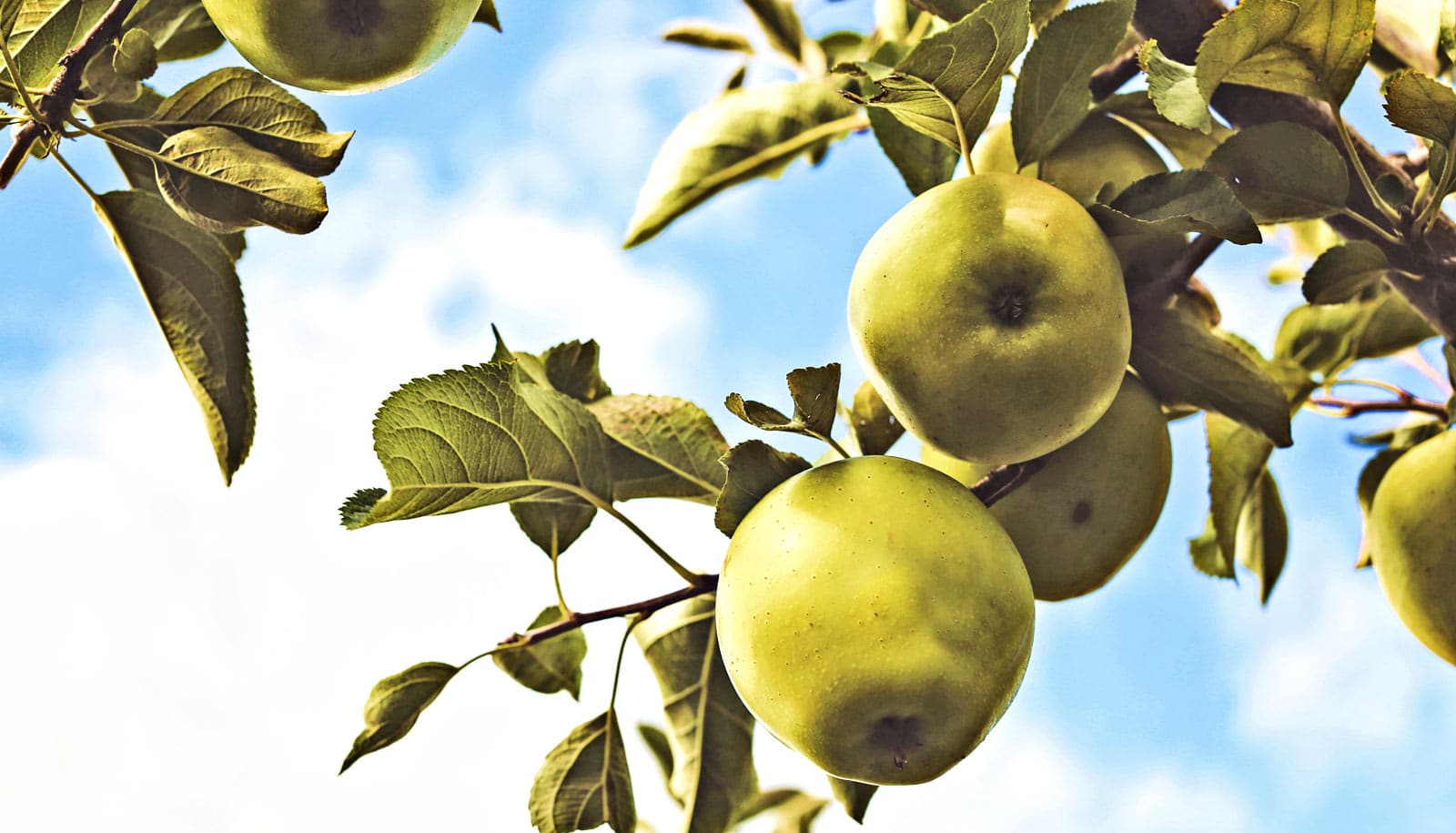Researchers have discovered evidence of the earliest brewmasters to date, a finding that might stir an old debate: What came first, beer or bread?
In a cave in what is now Israel, scientists found beer-brewing innovations that they believe predate the early appearance of cultivated cereals in the Near East by several millennia.
Their findings support a hypothesis proposed by archaeologists more than 60 years ago: Beer may have been a motivating factor for the original domestication of cereals in some areas.
Oldest record of man-made alcohol
Evidence suggests that thousands of years ago, the Natufian people, a group of hunter-gatherers in the eastern Mediterranean, were quite the beer connoisseurs.
Researchers analyzed residues from 13,000-year-old stone mortars found in the Raqefet Cave, a Natufian graveyard site located near what is now Haifa, Israel, and discovered evidence of an extensive beer-brewing operation.
“This accounts for the oldest record of man-made alcohol in the world,” says Li Liu, a professor of Chinese archaeology at Stanford University.
The researchers believe that the Natufians brewed beer for ritual feasts that venerated the dead.
“This discovery indicates that making alcohol was not necessarily a result of agricultural surplus production, but it was developed for ritual purposes and spiritual needs, at least to some extent, prior to agriculture,” Liu says.
In her lab analysis, Liu says she was surprised to discover evidence of beer brewing in the residue samples they gathered.
“We did not set out to find alcohol in the stone mortars, but just wanted to investigate what plant foods people may have consumed because very little data was available in the archaeological record,” Liu says.
The earliest bread remains to date were recently recovered from the Natufian site in east Jordan. Those could be from 11,600 to 14,600 years old. The beer could be from 11,700 to 13,700 years old.
Not today’s beer
Ancient beer is far from what we drink today. It was most likely a multi-ingredient concoction like porridge or thin gruel, says coauthor Jiajing Wang, a doctoral student in the East Asian languages and cultures department.
Wang has helped Liu research ancient alcohol since 2015 when they first looked at 5,000-year-old brews in China before turning their attention to studying the Natufian culture.
In the Raqefet Cave, Liu and Wang unearthed residual remains of starch and microscopic plant particles known as phytolith, which are typical in the transformation of wheat and barley to booze.
The researchers believe that the Natufians used a three-stage brewing process. First, they would turn starch of wheat or barley into malt. They’d do this by germinating the grains in water and then draining, drying, and storing them. Then, they would mash and heat the malt. Finally, they’d leave it to ferment with airborne wild yeast.
All of these steps provided clues to help the researchers make their claim.
Ancient brewing
To test their hypothesis, the researchers conducted a series of experiments to recreate each step the Natufians would have taken to brew their beer.
The experiments allowed the researchers to study how starch granules changed during the brewing process and make comparisons to what they discovered—and showed a clear similarity to what the Natufians concocted.
The researchers also analyzed the artifacts they excavated. They found that the traces left on the ancient stone mortar closely resembled their own lab experiments of pounding and crushing grain seeds, a process required for beer brewing.
The discovery of ancient brewing sheds new light on Natufian rituals and demonstrates the wide range of technological innovations and social organization within their culture, the authors write.
“Beer making was an integral part of rituals and feasting, a social regulatory mechanism in hierarchical societies,” Wang says.
And those rituals were important to the Natufian culture, she adds, noting that the discovery of beer-brewing at the graveyard signifies the emotional ties the hunter-gathers had with their ancestors.
The findings appear in the Journal of Archaeological Science: Reports.
Additional coauthors are from the University of Haifa and the Polish Academy of Sciences. The Min Kwaan Archaeology Fund at Stanford Archaeology Center, the Irene Levi-Sala CARE Archaeological Foundation, the National Geographic Society, and the Wenner-Gren Foundation supported the project.
Source: Stanford University


